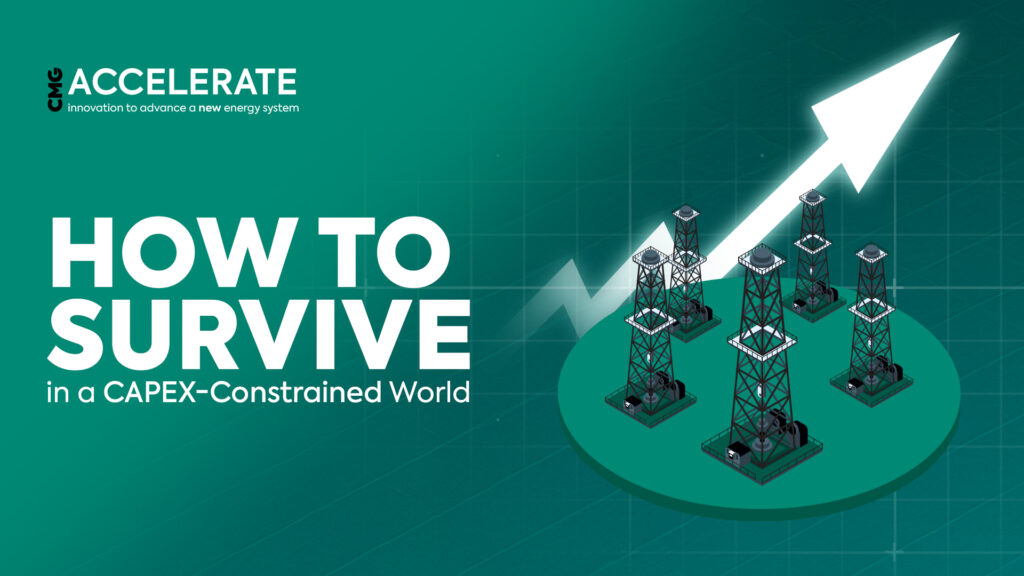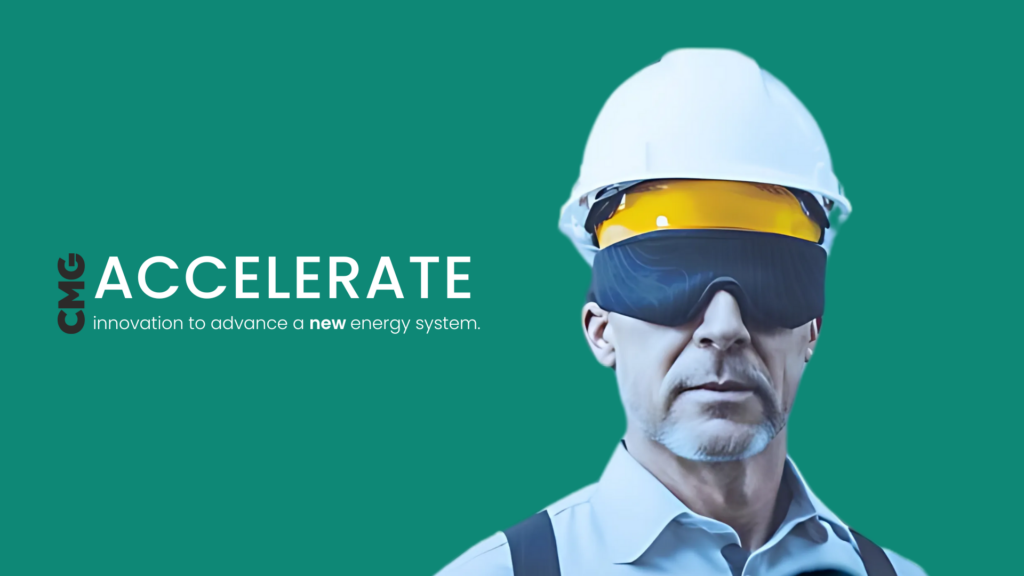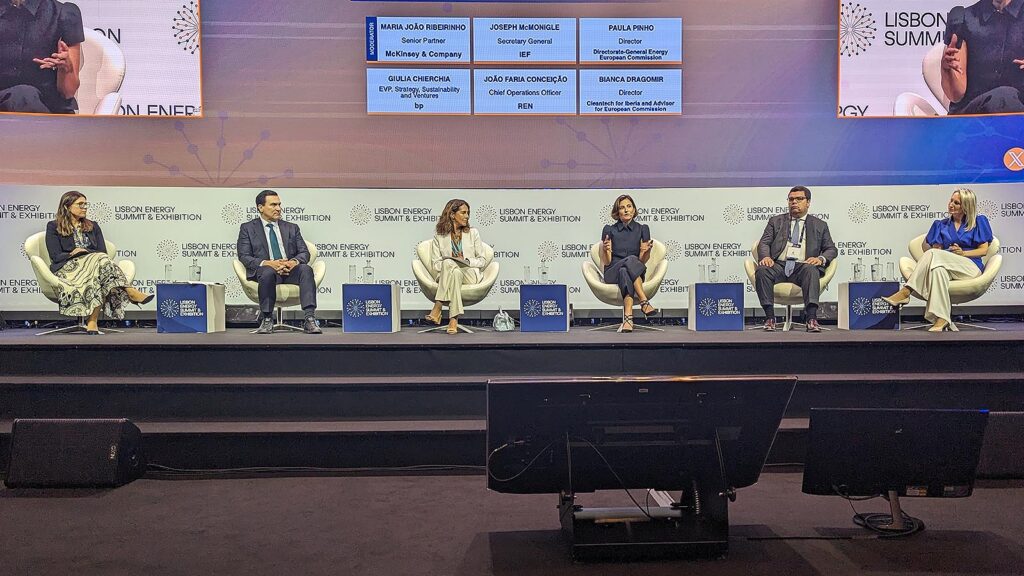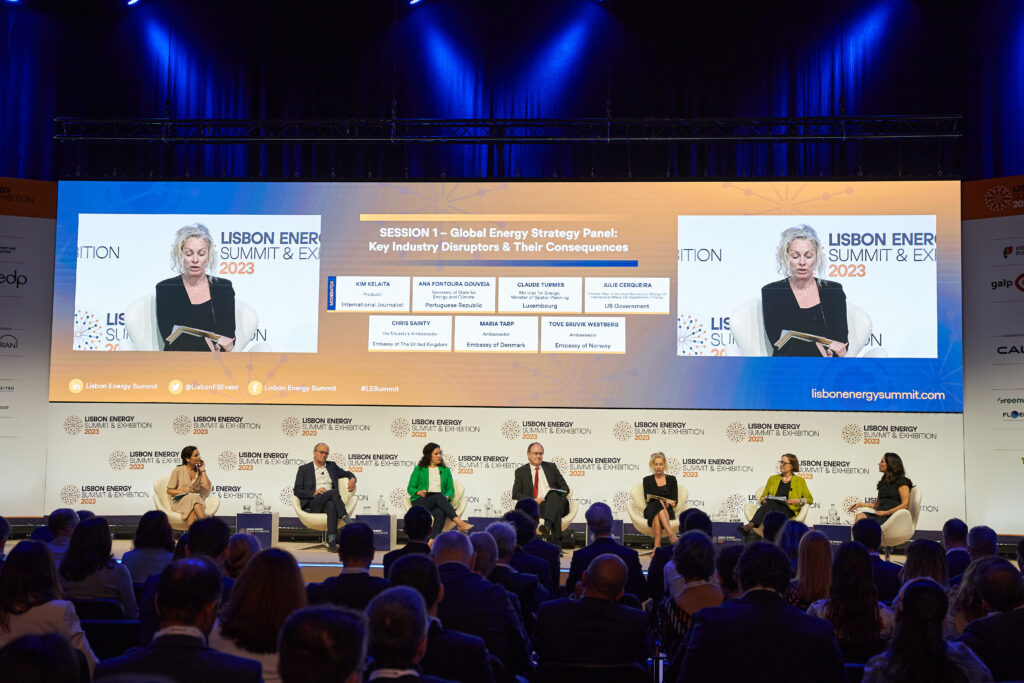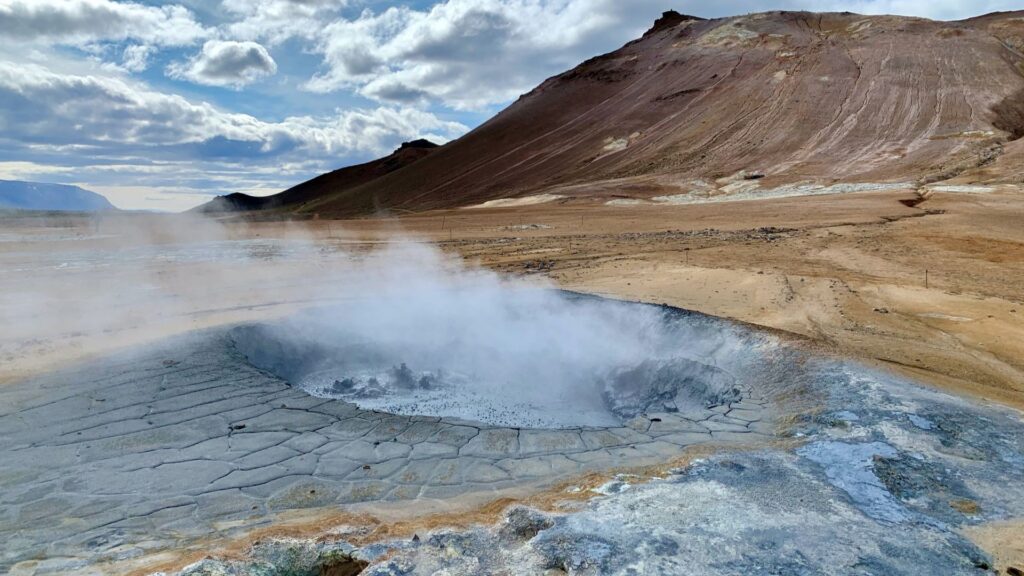There’s an awkward truth about advanced technology adoption: Simply choosing to invest in technology does not guarantee it will be implemented successfully, or that employees will use it effectively.
But if a company can achieve a shift in culture that leads to the adoption of a digital mindset, they are better poised to leverage their technology and realize efficiency gains, says Manuel Garra, Asset Production Manager at Pluspetrol Peru.
This might seem a little obvious, but it can be harder to get people to embrace a digital transformation mindset in the energy sector than you might think.
In resource-heavy industries, “embracing digital innovation doesn’t come naturally for employees, as the benefits could take longer to materialize compared with traditional transformation efforts,” reports McKinsey.
Additionally, sometimes it’s hard to recognize inefficiencies internally because employees don’t understand how technology can help them achieve greater efficiency, says Garra.
For instance, energy sector supervisors should be spending most of their time in the field, he says. But they tend to spend at least half their time in meetings, or creating reports.
“Managers, superintendents, and supervisors should be thinking about how to use technology to make those reports or those meetings as efficient as possible,” he explains.
Leaders in the energy industry are increasingly looking to technology solutions that can produce reports that pull in real-time data such as temperature, pressure, and flow rates.
In many industries this kind of dashboarding is common, but due to the size and complexity, as well as the age of assets, the energy industry is still working through its digital transformation journey.
And today, there are still workers doing tasks like entering data into spreadsheets manually.
For Garra, manual processing like this hinders progress, adds unnecessary delays, and is simply inefficient. For these reasons he has been laser-focused on teaching a digital mindset at Pluspetrol.
“A supervisor should be watching trends, analyzing behavior and trying to figure out the health of each process,” Garra says. “They also need to try to be one step ahead of everything.”
To do that, some old ways of thinking have to be replaced, he says.
How to develop a digital-forward workplace culture
Enabling a digital culture within your organization means finding change agents who will champion a new way of working and become a go-to resource, Garra advocates.
New talent who are graduating and entering the workforce may come to work with more of a digital-first mindset, as many have grown up as digital natives. This may help energy companies build a digital-forward workplace culture, assuming enough of today’s younger talent stays in oil and gas.
But for Garra, it’s more than just giving teams access to technology. He says energy leaders should start by identifying employees who have flexible mindsets. And if there is someone on the team that knows the ins and outs of mission-critical software, they should be tapped to teach and lead others.
The key is to identify employees who are curious.
“Start by mapping out the team members who are interested in technology or software,” he says, adding that training those who are curious creates better digital-minded employees because you are tapping into existing interests or motivation rather than simply asking groups of people to take courses to learn new skills.
In the energy sector, embracing a digital mindset also requires an increase in cross-departmental collaboration, to break away from inefficient, siloed thinking and ensure every team has access to all the data they need to succeed.
“Silos are more pronounced and harder to break down in resource-heavy industries, as they usually originate further back in time when rigid departmental structures were a movement that improved manufacturing companies’ productivity,” says McKinsey.
But now, most teams only produce some of the data a project needs to achieve peak efficiency.
Take reservoir engineers, for instance, says Garra, “reservoir engineers use models and really amazing simulations to provide long-term forecasts that look ahead, 20, 30, or even 40 years.”
He explains that while long-term thinking is important, particularly if you need to know the data of every bundle change in the stages of compression in the next four months, data that captures near- and short-term insight also needs to be gathered and made available.
A digital approach in this case would look at dashboarding and leverage real-time data from more than one department so the best possible decisions can be made.
When a team is able to harness the flexibility of real-time digital data (gathering via tech such as simulation software), and make it available to everyone on a project, it’s easier to model out every phase more quickly and get more insight on big picture opportunities and challenges, Garra says.
Once in place, a digital mindset drives efficiency
When employees use digital analytics, they’re better able to anticipate significant events or problems before they happen, Garra says.
He shares an example of how using sensors to monitor operations can track trends over time, and set off alarms when necessary.
For instance, if there is a leak between tubing and the annular in a facility wall, there’s a risk that pressure will build up. But instead of having someone sit and watch a screen, waiting for the pressure to rise, they can use data and analytics to detect or even forecast when a certain target is hit.
“This allows you to schedule a bleeding test before you reach that target, so you aren’t running to do it,” Garra says.
If the scheduled actions don’t address the issue, technology can be designed to notify a manager with an alarm, and then escalate further to a superintendent if needed.
Human intervention is essentially delayed until it’s necessary, and the process becomes more efficient, Garra says.
The outcome of adopting a digital mindset
Being able to reduce human labour, as well as anticipate what might happen in advance — then planning how to manage it accordingly — significantly reduces stress on teams, Garra says.
“You’re not watching something boil or burn,” he says. “You’re ok because everything is now scheduled.”
Struggling with planning and prioritization is one of the biggest pain points in the energy sector, but that’s something digital software and simulation technology can help with if it’s deployed with people who are curious and think across silos. Technology can take teams to a place where they can forecast, organize, and automate.
“We have a Gantt chart with nearly 16,000 lines of work,” Garra says, referring to how operations are managed at Pluspetrol Peru. “In the chart, you have all the resources, materials, people, tools — everything scheduled sharply step by step.”
20% of Pluspetrol Peru gas production represents 42% of Peru’s electricity, so they have to be efficient. “We can’t stop operations for a whole month or a couple of weeks,” he says. “So we have to manage ourselves in a way that meets those supply needs without interruption.”
Sign up to receive newsletter updates from Accelerate on LinkedIn.


